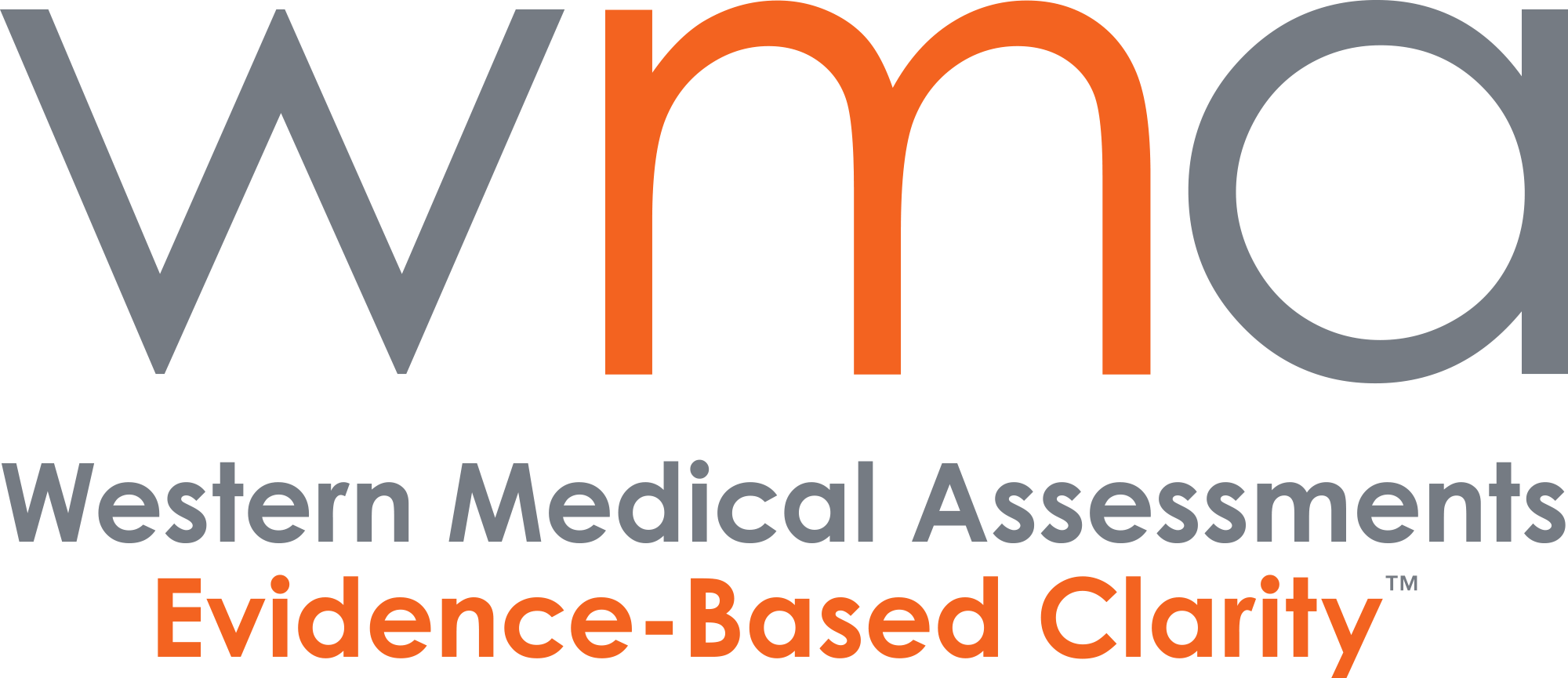January 15, 2025 from Canadian HRReporter

Women with disabilities face a disproportionate challenge in the workplace: more of them require accommodations, yet fewer receive the support they request. A new report by the Canadian Council on Rehabilitation and Work (CCRW), using data from Statistics Canada, highlights this disparity.
Disability rates among women increased from 24% in 2017 to 30% in 2022. Additionally, 28% of these women did not receive the accommodations they requested, compared to 19% of men.
Organizational Risks of Failing to Accommodate Women Equally
Beyond being an equity issue, failing to accommodate disabled women presents legal and reputational risks for employers. Janani Ramesh, a PhD candidate at McGill University, warns that organizations ignoring this issue may face significant consequences.
“There are attitudes that employers have, which are preventing them from harnessing the productivity gains from disabled employees. They are really losing out in terms of the longer-term perspective,” says Ramesh.
Studies show that inclusive workplaces benefit from increased innovation, improved reputation, and higher profits—Accenture reports a gain of $64 in profit per employee in inclusive organizations. Companies that fail to address accommodation gaps risk losing top talent as found in the Shaping Tomorrow study.
Why Are Women Denied Disability Accommodations?
Bias plays a significant role in why women with disabilities struggle to receive accommodations. Ramesh explains that gender stereotypes often portray women as “more difficult” or “emotional,” leading to hesitancy in requesting accommodations.
Workplace biases and potential retaliation further discourage women from disclosing their disabilities, limiting their access to necessary support.
“They are also at greater risk for harassment and abuse,” Ramesh notes, “because once they share information about their disability, that information can be used against them.”
Intersectionality and Workplace Inclusion
Women with disabilities not only face discrimination based on disability but also on gender. This intersectionality compounds the barriers they encounter in employment.
“Intersectionality is something that I feel HR managers are not focusing on,” Ramesh states. “Organizations need to integrate various aspects of employees’ identities—disability, gender, race—into their workplace culture and accommodations policies.”
Fostering Disability Inclusion in the Workplace
Workplace culture plays a key role in encouraging employees to request and receive accommodations. Ramesh emphasizes that simply providing training or policies is not enough.
Leadership transparency is crucial. During COVID-19, leaders who openly shared their personal challenges helped foster a culture of peer support.
“When leaders take a step up and share stories like that, there’s a greater culture of peer support. That kind of culture needs to be built up to help women understand that change is happening,” Ramesh says.
Third-Party Advocacy for Workplace Accessibility
Employers should move beyond surface-level diversity training by collaborating with advocacy organizations that specialize in disability rights.
These third parties can work with HR teams to implement stronger accessibility measures for both current employees and future hires.
“I see that as a positive effort on the part of the employer when they associate with advocacy groups and nonprofit organizations to advance diversity and disability inclusion within the company,” Ramesh concludes.
Considering an IME or document review to resolve an insurance claim, legal file, or workplace health and safety issue?
Our specialists provide evidence-based opinions, so get in touch with Western Medical today to learn more about our services.

